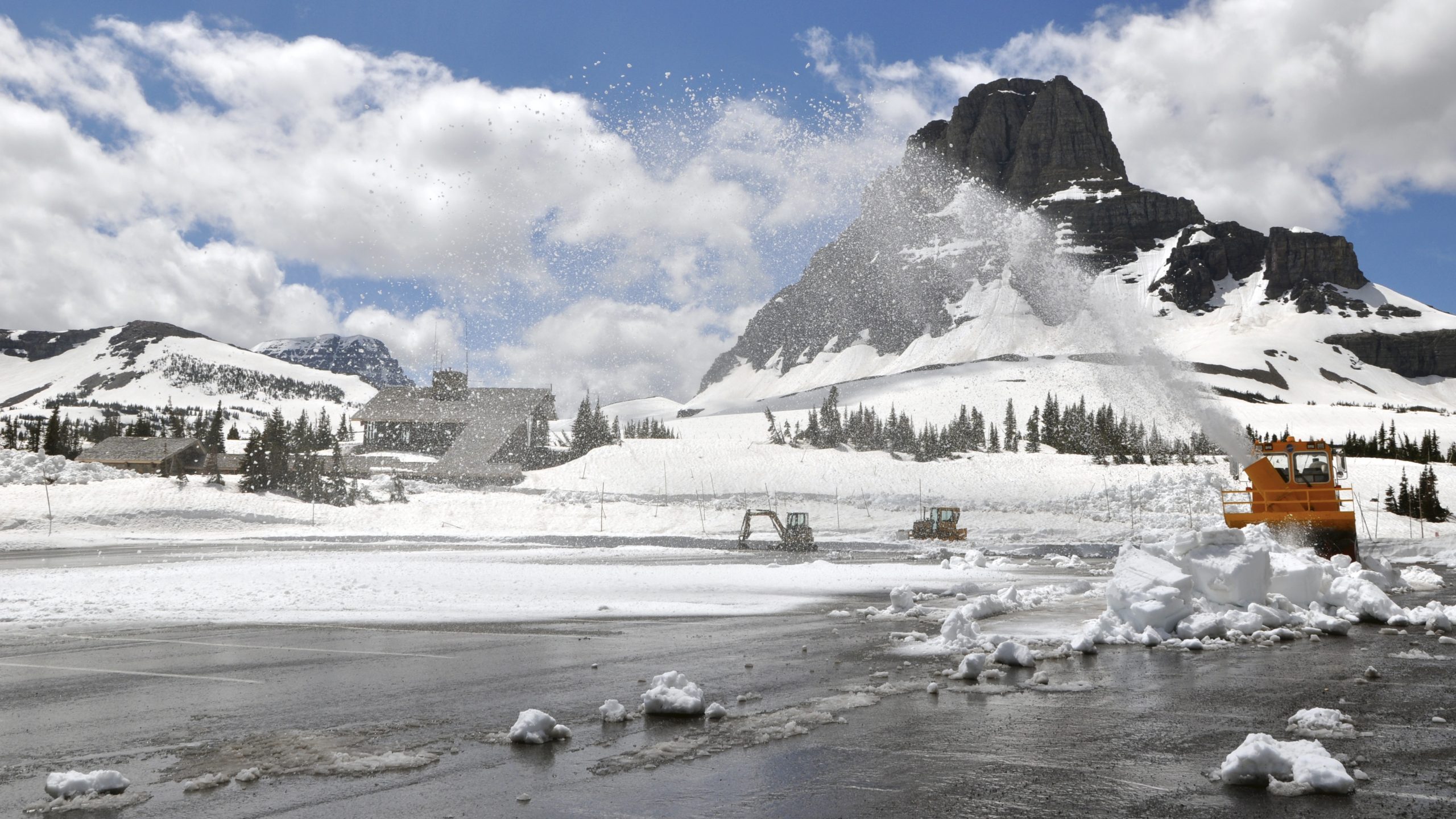Across much of the American West, mountain snowpack acts as nature’s water towers.
The snow accumulates in winter. Then it melts slowly, feeding lower-elevation streams and rivers during the spring and summer when rainfall in some areas is scarce.
Hale: “That water from the snowpack really provides the majority of downstream water resources … and so there’s really a reliance on that snowmelt.”
But Kate Hale, a postdoctoral researcher at the University of Alaska Fairbanks, says that as the climate warms, snowpack and snowmelt are changing.
As temperatures warm, more precipitation is falling as rain. And the snow that does accumulate often melts faster and earlier in the year — which can result in springtime flooding, followed by summertime drought.
In recent research, Hale developed a new way of measuring snow water storage.
Hale: “With really a focus on, when does precipitation — particularly snow — when does it fall, and when does it melt, and how is that changing?”
She says it can help water managers predict how wintertime conditions will affect water supplies later in the year and plan for how to manage limited water resources in a warmer future.
Reporting credit: Sarah Kennedy/ChavoBart Digital Media
Source link


